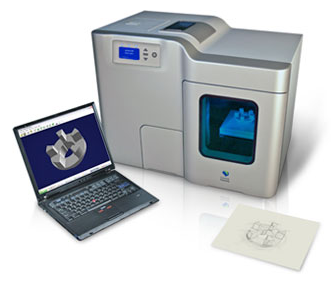Schneier’s “Privacy in the Age of Persistance” is a good summation of all the privacy-wrecking developments that have resulted from omnipresent CCTV cameras, limitless computing power, cheap storage, and loose data privacy regulation. This is hardly surprising to anyone with even a passing interest in privacy and security technologies.
Now, I’m not one to applaud privacy-invading technologies. I dislike the trend towards border laptop searches, and recent developments requiring defendants to disclose encryption passwords scare the hell out of me (what happens if you forgot your password?). But it’s not all bad news – having “big brother” track my every move could actually lead to some interesting benefits.
For one thing, maybe marketers could start to figure out that I’m in not now, nor likely ever to be in the future, interested in their products. Think of how much simpler life could be – no more commercials on TV for stuff you don’t want, no more magazine ads for products that you not only wouldn’t buy, but strongly believe may be one of the seven signs of the apocalypse. Less paper, less interruption, less “static”.
Maybe street lights would actually display some evidence of sentience, and change to let me pass when there’s no traffic in the other direction – instead of making me sit for five minutes, uselessly whittling away what little fossil fuel remains on the planet.
Perhaps my shopping experience would even get easier. I’ve long hoped that Safeway would finally do something useful with the bajillions of transactions I’ve performed using my rewards card. They know what I buy, they know how often I buy, and they know where I buy. Is it too much to expect to find a fully-stocked cart with my groceries ready to go when I show up to my usual Safeway on my regular bi-weekly trip?
One can only hope it gets this easy. But I’m willing to bet that it’s a long time before we get to that point. Most software companies I’ve worked for have had little capability to dissect their customer base. That’s right – the companies who make technology for a living are usually clueless about who buys their products. It’s not that they don’t have the data – it’s just that the data is complete crap. Sales guys don’t enter all the details, and the systems are incapable of drawing the most basic useful conclusions. Hence, a lot of effort goes into gathering data that is noisy, incomplete, or just plain wrong.
Of course, that last point is what really scares Schneier. What’s worse than all-seeing, all-knowing surveillance, than technology that people believe to be all-seeing, and all-knowing if you can’t trust its output? And until we have that capability, I’ll just have to be content to shop at the Safeway the old-fashioned way.

 I remember my high school got a
I remember my high school got a